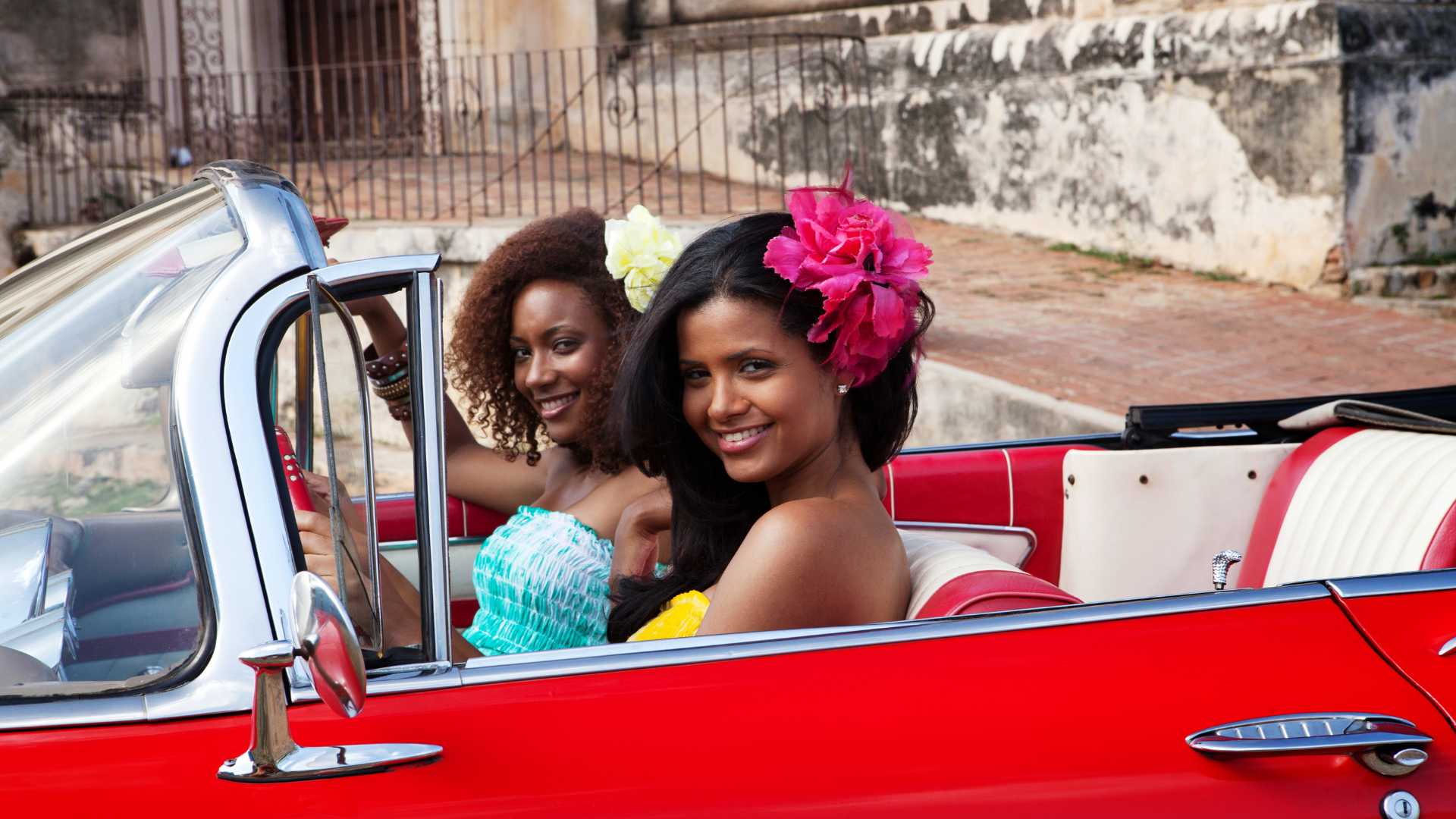Cuba, a mesmerizing blend of pastel buildings, classic cars, and salsa rhythms, is a traveler’s paradise. But navigating this Caribbean gem isn’t always straightforward. From understanding local customs to knowing the best places to visit, there’s a lot to consider before embarking on your Cuban adventure.
This article will provide essential travel tips to help you make the most of your trip to Cuba. Whether it’s your first visit or your fifth, you’ll find practical advice to ensure a smooth and memorable journey. So, let’s dive into the vibrant and intriguing world of Cuban travel.
Cuba Travel Tips
The Allure of Havana’s Streets
Winding their way through Havana, travelers encounter a city teeming with vitality. The distinctive character of Havana’s streets entices with a distinct blend of history, culture, and vibrant local life. The city’s quaint, cobblestone streets bustle with colonial-era buildings painted in a potpourri of pastel hues. Added to this are the iconic classic cars, a significant accent in Havana’s nostalgic panorama. Look farther, and Havana’s streets reveal a rhythm of their own, a rhythm echoed in the salsa music seeping from neighborhood bars.
Beyond the Beaches: Exploring Cuba’s Culture
A single glance epitomizes Cuba’s picturesque beaches with their pristine sands, turquoise waters, and swaying palms. However, skipping beyond the beach leads to an exploration of Cuba’s rich cultural heritage. From salsa dancing to Cuban cuisine, the country’s cultural proposition makes for fantastic immersion. Visit quaint farmers’ markets that offer an authentic Cuban shopping experience. Decode Cuba’s revolutionary history reflected in its numerous museums and monuments. Explore cigar factories and rum distilleries to understand Cuba’s premium exports. Indeed, beyond the beaches, travelers find Cuba a vast tapestry flanked by its diverse cultural narrative.
Preparing for Your Trip
After indulging in the vibrant culture of Havana and immersing in the diverse cultural narrative of Cuba, it’s imperative to prepare well for the journey. This chapter deals with vital details such as visa and entry requirements and financial considerations, including currency and use of cards in Cuba.
Visa and Entry Requirements
Visitors to Cuba require a tourist card or visa. Depending on a traveler’s nationality, it may be possible to purchase this on arrival. Tourists from most countries, including the United States, Australia, Canada, and majority of European countries, can avail a Tourist Card valid for 30 days, which can be extended for another 30 days while in Cuba. Specific agencies, airlines, and online platforms sell these Tourist Cards. The issuance of a card mandates travel insurance covering medical expenses.
Money Matters: Currency and Cards
Cuba primarily operates on cash, with two official currencies: the Cuban Peso (CUP) and the Cuban Convertible Peso (CUC). Tourists are recommended to use CUC, while locals use the CUP. It’s vital to be aware of the difference between the two as CUC is worth much more than CUP.
Foreign Debit/Credit cards issued by non-US banks can be used in most hotels, restaurants, and stores. But ATMs can be scarce outside major cities, and not all accept foreign cards. Hence, it’s wise to carry enough cash. It’s noteworthy that the US dollar attracts a high conversion fee, thus Euros, Canadian dollars, or GBP offer a better rate.
Not everything in Cuba requires big expenses. For instance, a traditional Cuban meal averages around 5-10 CUC while local taxi rides won’t cost more than a few CUC.
Packing Essentials for Cuba
The essential part of any trip preparation process includes packing the right items. Understanding Cuba’s tropical climate, and the cultural context paves the way to a more convenient and fun-filled journey. Here’s a breakdown of what items to stash in the suitcase for an unforgettable Cuban adventure.
What to Bring for the Tropical Climate
Cuba boasts a tropical climate, with hot summers and mild winters. Lightweight, breathable clothing serves as key essentials, preferably in cotton or linen. Examples include t-shirts, shorts and summer dresses. Considering its warm climate, various sun protection items rank high among necessities.
